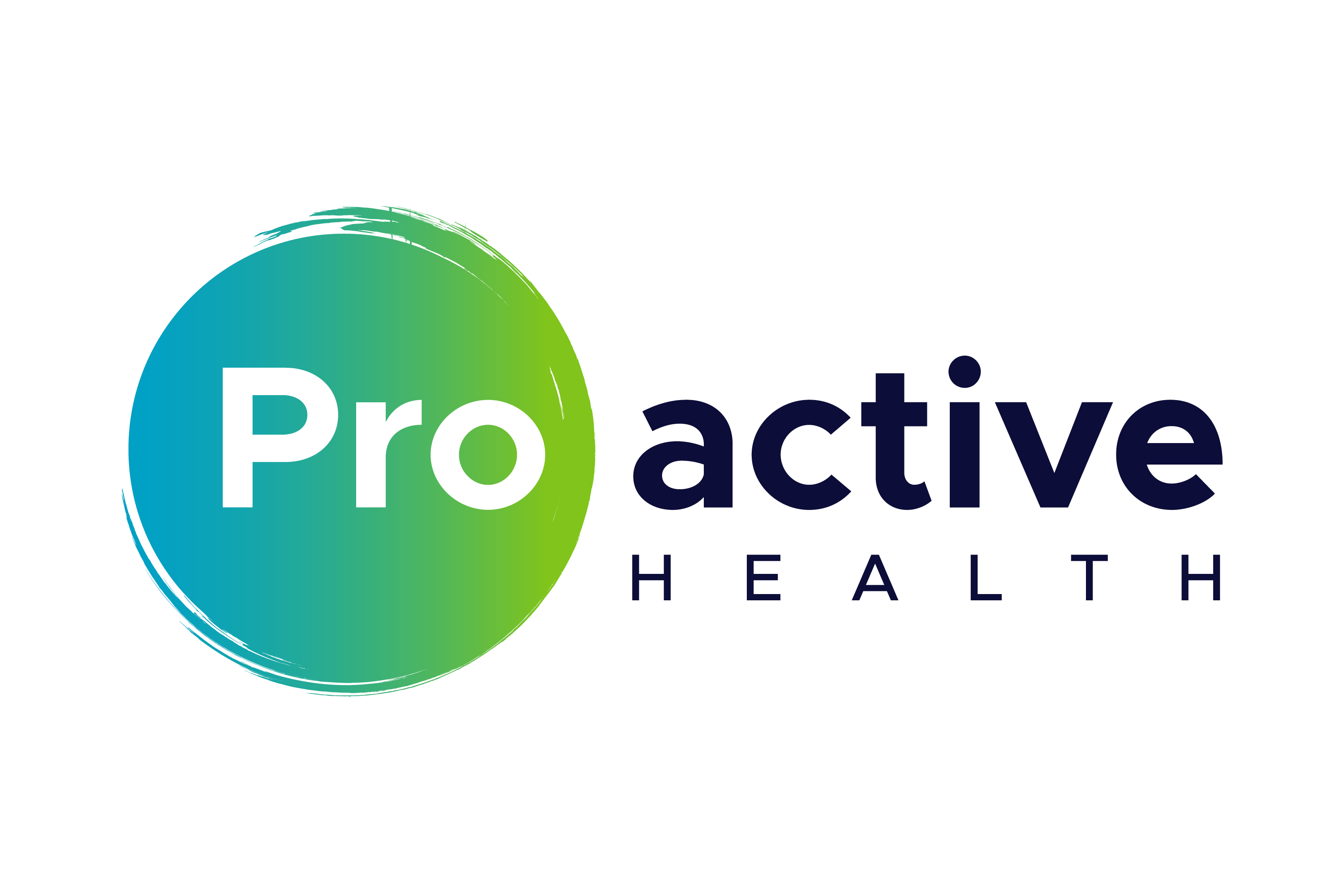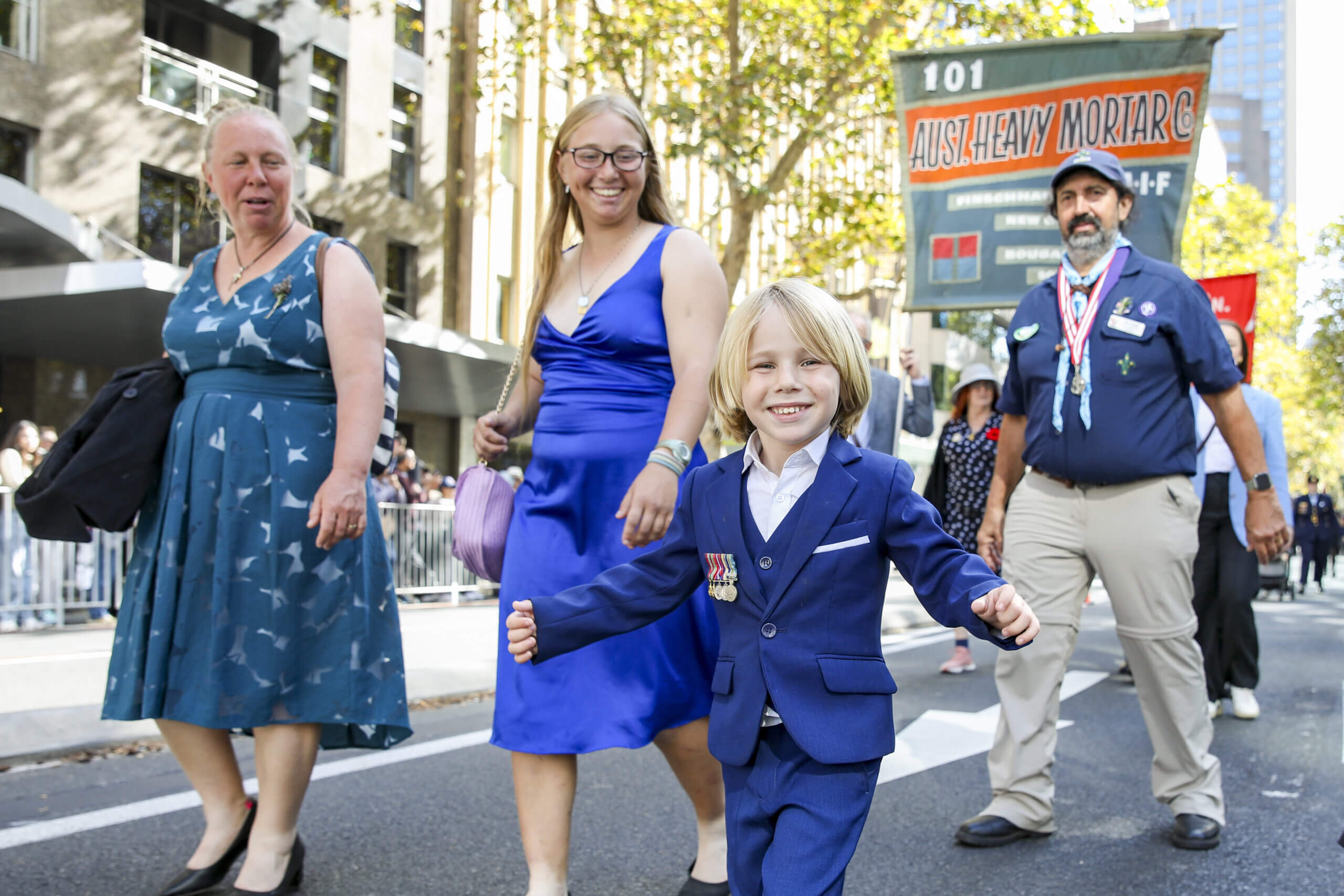Sponsored content: How the Got Your Back program improves veterans’ wellbeing

The Got Your Back program aims to alleviate the burden of the millions of Australians, including many veterans, who suffer from low back pain.
In Australia, low back pain is the leading cause of disability burden. An estimated 4 million, or 16 per cent of, people in Australia reported having back problems in 2017-18. In the 2020-21 National Health Survey, 31 per cent of veterans reported an incidence of back pain.
The Got Your Back program aims to improve back pain for veterans through a multidisciplinary approach to care, education, exercise and other pain management strategies. Utilising expertise from various health professionals, the program tailors specific and individualised treatment plans to help manage back pain with a veteran-centred approach.
We know from research that many factors influence the severity of back pain. This could include physical elements such as weak muscles or reduced fitness, poor nutrition leading to difficulties managing weight, and psychological issues that increase pain or impact a veteran’s ability to participate in activities.
The World Health Organisation recently released guidelines advising that the best way to manage back pain is through a multidisciplinary approach to care, where various health professionals work together with veterans to provide the best possible plan to achieve their goals.
Physiotherapists and exercise physiologists will assess the physical components of a veteran’s back pain, utilising hands-on techniques and individualised exercise programs to help reduce pain and maximise physical function.
The psychological component of pain includes our perceptions, thoughts, emotions and coping strategies. A psychologist will work with a veteran to understand these things and develop effective pain management strategies.
The Australian Dietary Guidelines provide advice based on scientific evidence and research about the types of foods we need to eat for optimal health and wellbeing. A dietitian can help a veteran with low back pain with weight management, building muscle mass and meeting nutritional requirements.
Often, back pain can limit a veteran from completing everyday tasks around the home or participating in activities that are important to them. An occupational therapist can help with advice around posture, pacing and different products such as ergonomic chairs to cleaning and gardening equipment, to make activities easier.
Health professionals work together by sharing their assessment findings, taking the needs of the veteran into account and tailoring individualised treatment plans to help veterans manage their pain as best as possible.








